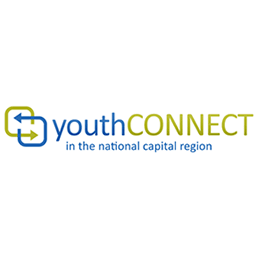
It’s easy to be blinded by the potential of the assets in a collaboration. You might hear, “Wow, look at what we’re all bringing to the table!” before, in fact, anything has actually been brought to the table. Dedicating the resources that fully support the daily work and desired outcomes is action. A vision to what can be accomplished is vital; but assets and potential are static. Ayo Atterberry, of VPP Partners, deconstructs “bringing something to the table,” converting that metaphor into a real example. In it, she charges nonprofits and funders to consider the work that makes a collaboration go – and to commit the resources it deserves.
…
Social Innovation Fund Director Michael Smith likes to quote the African proverb that says, “If you want to go fast, go alone. If you want to go far, go together.”
At VPP that philosophy is at the heart of our youthCONNECT initiative, in which six of the most effective local nonprofits, College Summit NCR, KIPP DC, LAYC, MTA, Urban Alliance and Year Up NCR, are working together to improve education, employment, and healthy behavior outcomes for low-income and disconnected youth, ages 14-24, in the National Capital Region.
Collaboration is never simple, even among the best-intentioned people. And increasingly groups want data to prove that it’s worth the time and effort. The call for evidence in the nonprofit sector has been growing increasingly louder in recent years. But good data doesn’t come cheaply–it takes time and effort to collect, compile and analyze information. Having the data is just the beginning. If you don’t know what to do with it then you have wasted your investment.
youthCONNECT has provided VPP with many valuable lessons on collaboration. Once we selected the nonprofits that comprise the network, we deliberately stepped back to allow them to take ownership of the initiative. These leaders have their finger on the pulse of what is going on with disadvantaged youth in this region. Who better to decide the direction youthCONNECT should take?
A network won’t be effective if trust does not exist between members and trusting relationships aren’t forged overnight. And it’s important to recognize that this network did not form organically, but was created by VPP. Recognizing this, VPP allowed space for the partners to get to know each other and build trust naturally, over time.
There aren’t standard short term outcomes measures for trusted relationships. They can take years to build.
We continue to see ‘signs’ of trust through greater organizational and programmatic interactions between the youthCONNECT partners, but it will take years to really know if it sticks.
A key part of the youthCONNECT process was the development of the Common Outcomes Framework (COF), a shared tool of measurement in which the six yC Partners, all of whom have very different missions and goals, are driving towards specific indicators that are relevant to their programs. This was no easy task, requiring 18 months of hard work among the Evaluation Directors from each yC Partner, myself, and Child Trends, our evaluation partner.
The development of this framework is a great example of the type of work that must come if we are to collect that data everyone wants so badly. Yet few funders are interested in paying for this type of work or are patient enough to let the process take hold.
Whatever information a funder or nonprofit leader seeks, resources must be deployed strategically to support the infrastructure for collecting that data. As with most things in life, with data collection you get what you pay for. Nonprofits and funders need to recognize this and put their money where their mouth is.
…
Your turn:
[poll id=’11’]
